Drill Stop Kits
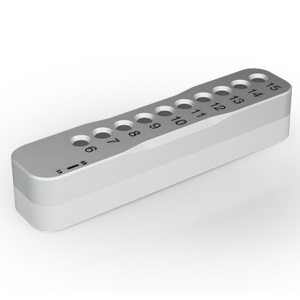
The new drill stop kit is made of a milled and anodized aluminum sliding top and a Tekapro (autoclave resistant resin) base. The drill stops are in the base and when the top is slid into the “open” position, one can insert the drill into the appropriate length opening and pick up the corresponding drill stop without having to hold or touch the stops with ones finger’s. When the top is slid into the closed position, the stops are held safely in the base.The kit is autoclavable.
The kit can be ordered in 2 versions:
STOPKIT00: empty of drill stops
STOPKIT01: complete with all drill stops


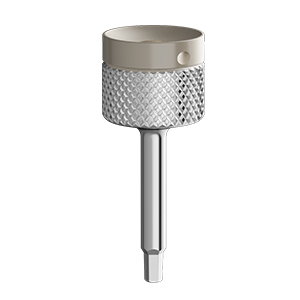 Has total heights of 20mm and ideal for prosthetic in areas with low clearance.
Has total heights of 20mm and ideal for prosthetic in areas with low clearance.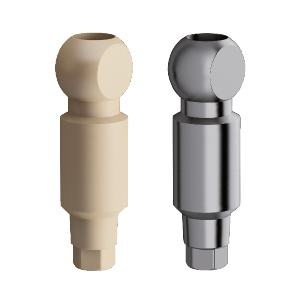 Un moncone Scan a pezzo unico disponibile in PEEK e TITANIO. Presente nelle librerie 3shape ed Exocad.
Un moncone Scan a pezzo unico disponibile in PEEK e TITANIO. Presente nelle librerie 3shape ed Exocad.
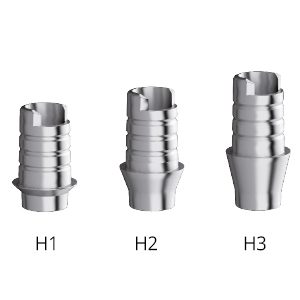 Nuove basi prive di esagono per facilitarne il posizionamento su restaurazioni multiple. Disponibile in 3 altezze gengivali, presenti nelle librerie 3shape ed Exocad. Sono dotate di un incavo nella parte superiore per facilitare l’entrata della vite nelle posizioni angolate.
Nuove basi prive di esagono per facilitarne il posizionamento su restaurazioni multiple. Disponibile in 3 altezze gengivali, presenti nelle librerie 3shape ed Exocad. Sono dotate di un incavo nella parte superiore per facilitare l’entrata della vite nelle posizioni angolate.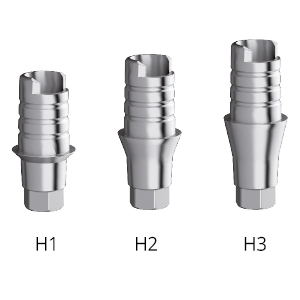 Nuove basi per protesi cementata, sono disponibili in 3 altezze gengivali, presenti nelle librerie 3shape ed Exocad.
Nuove basi per protesi cementata, sono disponibili in 3 altezze gengivali, presenti nelle librerie 3shape ed Exocad.
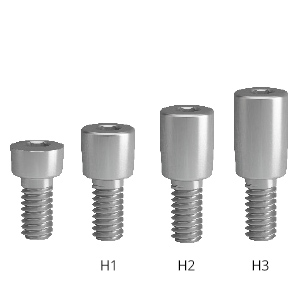 These cover screws facilitate easy access to subcrestally set EL/BL implants where the bone can cover and prevent access to the standard flush cover screw.
These cover screws facilitate easy access to subcrestally set EL/BL implants where the bone can cover and prevent access to the standard flush cover screw.
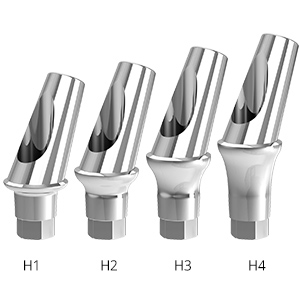 These new 25° angled abutments with the CEC shape are available in 4 different gingival heights.
These new 25° angled abutments with the CEC shape are available in 4 different gingival heights.
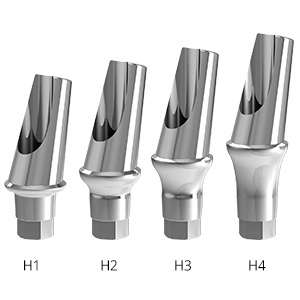 These new 15° angled abutments with the CEC shape are available in 4 different gingival heights.
These new 15° angled abutments with the CEC shape are available in 4 different gingival heights.
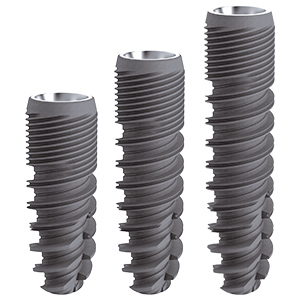 This new member of the EL family is based on the prosthetic connection of the ND family, and accordingly is compatible with all the ND components.
This new member of the EL family is based on the prosthetic connection of the ND family, and accordingly is compatible with all the ND components.
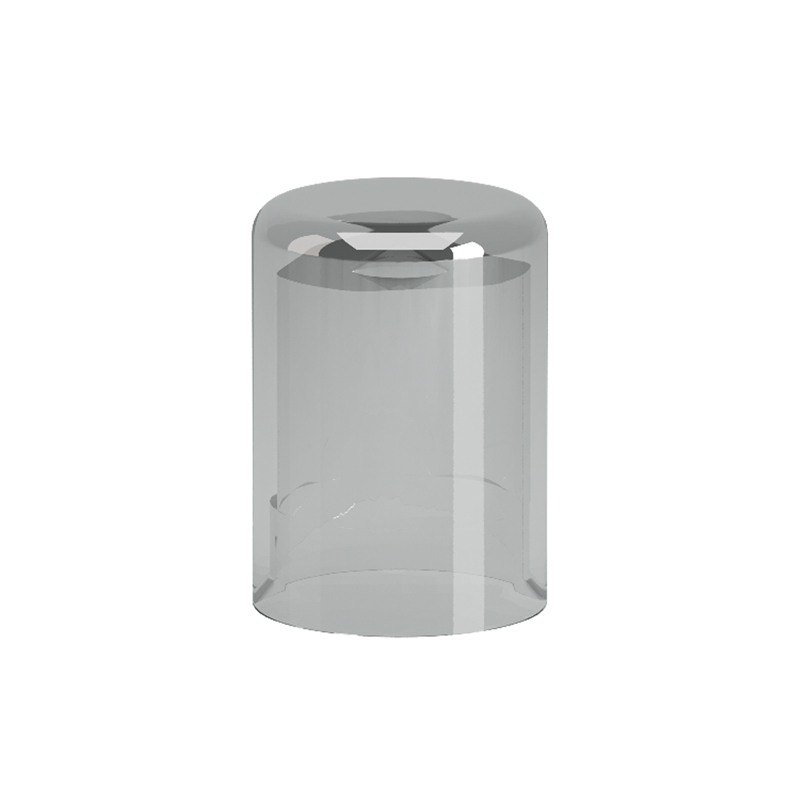 These plastic, castable cylinders fit onto the titanium bases BL-6046, BL-6045, EL-6049 and EL-6049/3. In the case of the BL-6045, there already included one cylinder.
These plastic, castable cylinders fit onto the titanium bases BL-6046, BL-6045, EL-6049 and EL-6049/3. In the case of the BL-6045, there already included one cylinder.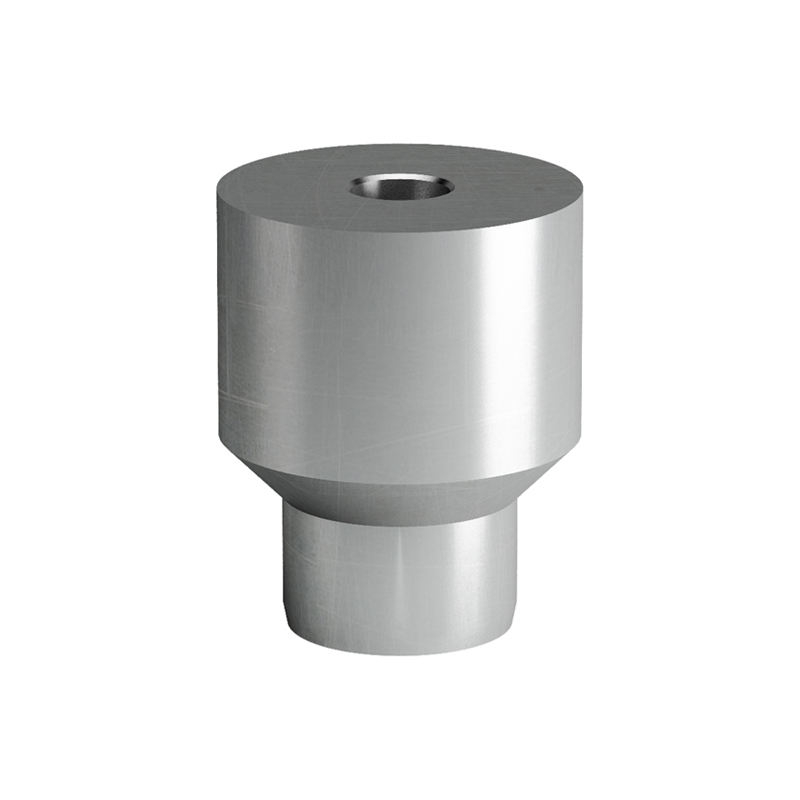 This new scan abutment acts as a marker for CAD/CAM cases with multi unit abutments. The multi unit scan abutments are presently compatible with the Exocad and Open Technologies formats.
This new scan abutment acts as a marker for CAD/CAM cases with multi unit abutments. The multi unit scan abutments are presently compatible with the Exocad and Open Technologies formats.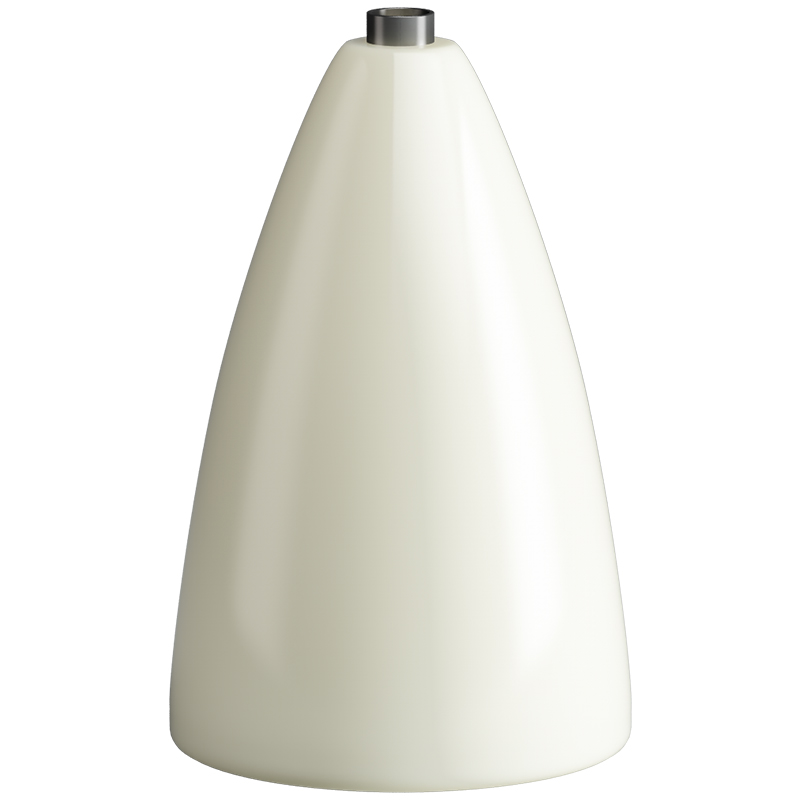 This analog allows the technician to place his individual remodeling job into an easy to grasp analog.
This analog allows the technician to place his individual remodeling job into an easy to grasp analog.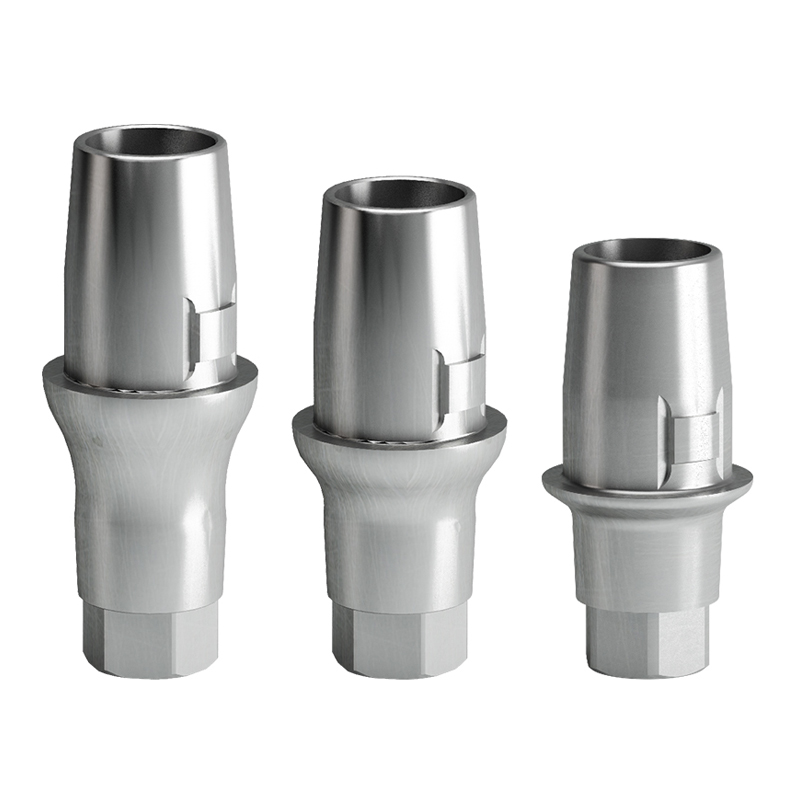 In addition to the already existing H1 EL CEREC bases, the CEREC options on EL have now been broadened with these new additions of gingival H2 and H3 bases.
In addition to the already existing H1 EL CEREC bases, the CEREC options on EL have now been broadened with these new additions of gingival H2 and H3 bases.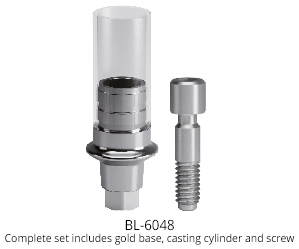 This castable abutment consists of a gold base (60%) and a plastic casting cylinder.
This castable abutment consists of a gold base (60%) and a plastic casting cylinder.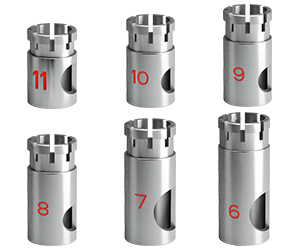 Whereas previous drills stops were not vented, these stops have venting that allows for cooling and access for the water dispenser jets.
Whereas previous drills stops were not vented, these stops have venting that allows for cooling and access for the water dispenser jets.